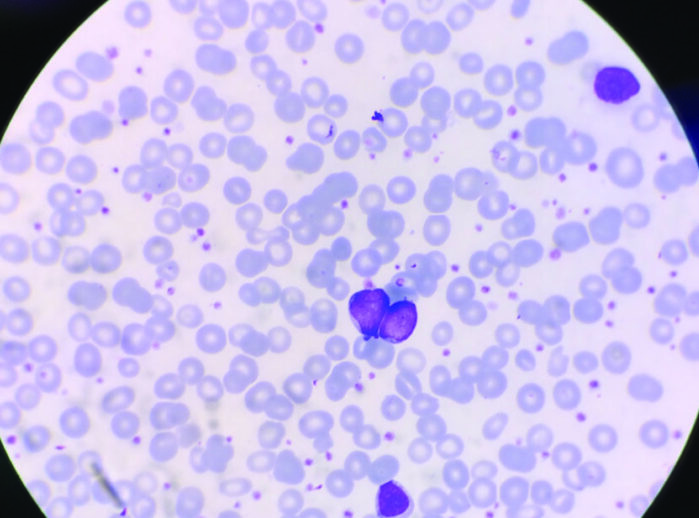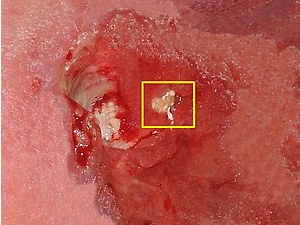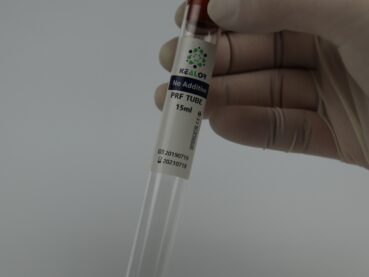Platelet-rich plasma (PRP) is a valuable therapeutic agent that is commonly used in regenerative medicine, orthopedics, and other medical fields. PRP contains a high concentration of platelets, growth factors, and cytokines that can promote tissue healing and regeneration. In order to use PRP effectively, it is important to accurately measure the platelet count. One common method for counting platelets in PRP is by using a hemocytometer. In this blog, we will discuss the steps involved in counting platelets from platelet-rich plasma using a hemocytometer.
Step 1: Collect and Prepare the PRP Sample
The first step in counting platelets from PRP using a hemocytometer is to collect and prepare the PRP sample. PRP can be obtained through a simple blood draw, followed by centrifugation to separate the platelets from other blood components. The resulting PRP sample can then be transferred to a clean, sterile container for further processing. Before using the PRP sample for platelet counting, it should be gently mixed to ensure that the platelets are evenly distributed throughout the sample.
Step 2: Dilute the PRP Sample
The next step is to dilute the PRP sample to an appropriate concentration for counting on a hemocytometer. Typically, a dilution of 1:10 is recommended for PRP samples. To achieve this dilution, mix one part of the PRP sample with nine parts of a diluent solution, such as phosphate-buffered saline (PBS) or Tyrode’s solution. This dilution will ensure that the platelets are evenly distributed on the hemocytometer and will make it easier to count them accurately.
Step 3: Load the Hemocytometer
Once the PRP sample has been diluted, it is time to load the hemocytometer. To do this, first clean the hemocytometer with 70% ethanol and allow it to air dry. Then, using a pipette, carefully transfer a small amount of the diluted PRP sample to the hemocytometer. Make sure that the sample is evenly distributed across the hemocytometer grid and that there are no air bubbles.
Step 4: Count the Platelets
Once the PRP sample has been loaded onto the hemocytometer, it is time to count the platelets. To do this, use a microscope to view the hemocytometer grid. The grid is divided into several smaller squares, and each square contains a known volume of the diluted PRP sample. Count the number of platelets in several of these squares and record the results. Be sure to count only those cells that meet the criteria for platelets, which are small, round or oval, and have granules visible in their cytoplasm. Red blood cells and debris should be excluded from the count.
Step 5: Calculate the Platelet Count
Once the platelets have been counted, it is time to calculate the platelet count for the entire PRP sample. To do this, use the formula:
Platelet count per microliter (μL) = (Average number of platelets counted) x (Dilution factor) x (10,000)
For example, if the average number of platelets counted in several squares is 150 and the dilution factor is 1:10, the platelet count per microliter would be:
150 x 10 x 10,000 = 15,000,000 platelets/μL
This calculation will give you an accurate estimate of the platelet concentration in the PRP sample.
In conclusion, counting platelets from platelet-rich plasma using a hemocytometer requires careful preparation and attention to detail.








